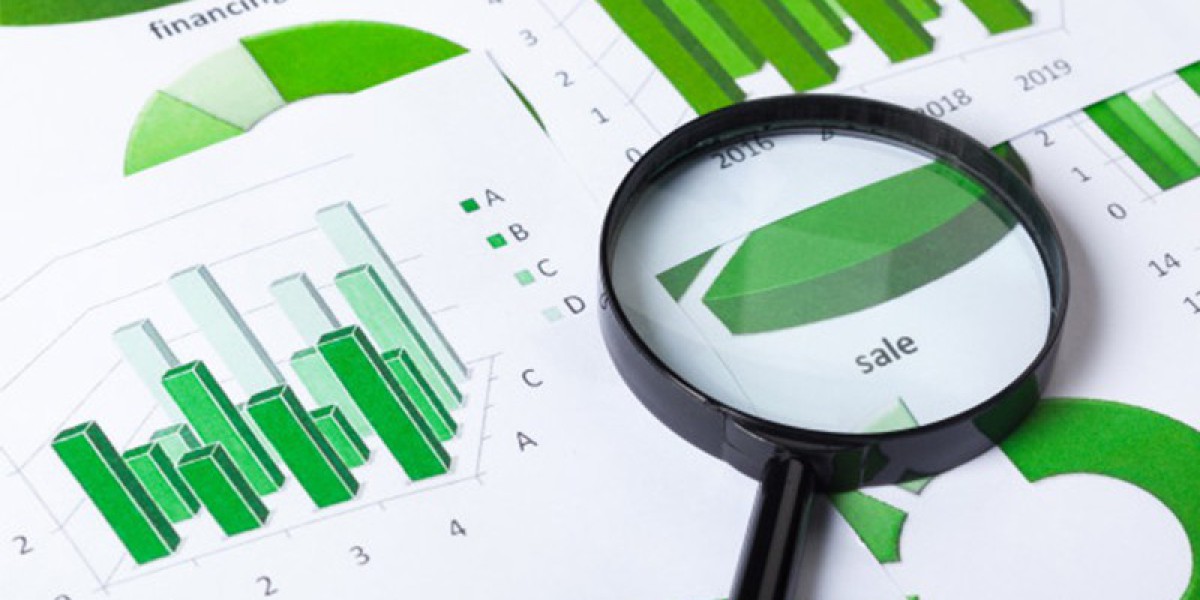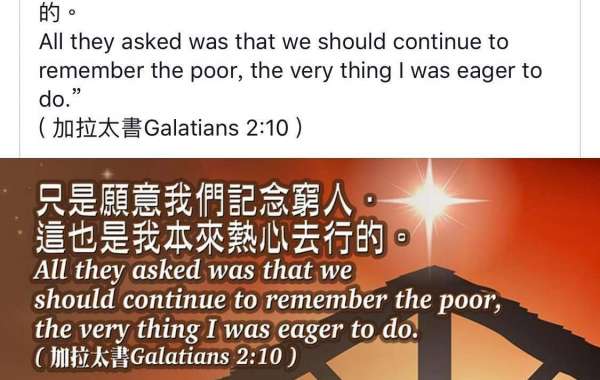Polycarbonate is a durable, versatile, and lightweight plastic that is widely used in industries ranging from automotive to electronics, construction, and packaging. Known for its high impact resistance and optical clarity, polycarbonate has become a material of choice for manufacturers seeking performance and reliability. The global demand for polycarbonate has been steadily increasing, driven by advancements in end-use applications and ongoing innovations. As the polycarbonate market continues to expand, understanding its price forecast is essential for industry players and investors alike to make informed decisions. This report provides an in-depth analysis of the polycarbonate price forecast, covering current market dynamics, demand-supply analysis, and expected trends in the near future.
Forecast Report
The polycarbonate market is subject to fluctuations influenced by various factors, including raw material availability, production costs, and changes in end-use demand. In recent years, prices have experienced both highs and lows, reflecting the impact of global economic conditions and supply chain disruptions. Our forecast report utilizes historical data, market trends, and expert analysis to project future price movements of polycarbonate. With global demand projected to grow at a steady rate, the polycarbonate market is expected to face pressures and opportunities that will shape its pricing dynamics.
Request a free sample copy in PDF: https://www.expertmarketresearch.com/price-forecast/polycarbonate-price-forecast/requestsample
The forecast for polycarbonate prices over the next few years indicates a moderate growth trajectory, with some regions experiencing more significant price changes due to localized demand and supply factors. For instance, Asia-Pacific, being a major production and consumption hub, may witness relative price stability, while regions with lower production capacities could see higher price volatility.
Outlook
The outlook for polycarbonate prices remains cautiously optimistic, with demand expected to grow across key sectors such as automotive, electronics, and construction. The automotive industry’s increasing focus on lightweight materials for fuel efficiency is driving higher polycarbonate usage in vehicle components, replacing heavier metals. Additionally, the shift toward electric vehicles (EVs) is further bolstering polycarbonate demand due to its durability and versatility.
Read Full Report With Table Of Contents: https://www.expertmarketresearch.com/price-forecast/polycarbonate-price-forecast/toc#toc-div
However, factors such as environmental concerns and the availability of alternative materials may impact the market outlook. Regulatory restrictions on plastic production and disposal are increasingly influencing the market, with companies investing in sustainable and recyclable options. Although this shift may lead to new opportunities for polycarbonate, it also creates a challenge for price stability, as manufacturers are pushed to adapt to stricter standards and explore alternative production methods.
Market Dynamics
Several key factors drive the polycarbonate market, including:
Raw Material Costs: Polycarbonate is derived from bisphenol A (BPA) and phosgene, both of which are petrochemical products. Fluctuations in oil prices directly impact the cost of polycarbonate production, causing price changes in the end product. When raw material costs increase, manufacturers may pass on the cost to consumers, affecting market prices.
Environmental Regulations: Environmental concerns are shaping the polycarbonate market, with governments around the world imposing regulations on plastic production and waste management. Manufacturers are focusing on sustainable alternatives, including recycled polycarbonate and bio-based polycarbonate, which could lead to variations in pricing as companies shift toward greener production methods.
Technological Advancements: Innovations in polycarbonate production and applications continue to expand the market, creating more demand in new sectors. For example, advanced polycarbonate grades are now used in medical devices, consumer electronics, and optical lenses. These developments may lead to increased demand and, consequently, influence pricing.
End-Use Industry Growth: The polycarbonate market is significantly influenced by growth in end-use industries such as automotive, electronics, construction, and healthcare. For example, the demand for high-performance, lightweight materials in electric vehicles is increasing, which drives polycarbonate usage. The construction sector’s demand for transparent roofing, windows, and glazing materials further boosts polycarbonate consumption.
Demand-Supply Analysis
The supply of polycarbonate is largely concentrated in the Asia-Pacific region, with China as a leading producer and consumer. However, disruptions in the supply chain, such as plant shutdowns, labor shortages, and transportation challenges, have led to supply shortages and price hikes in recent years. This has created a ripple effect globally, causing prices to fluctuate based on the availability of polycarbonate stocks.
On the demand side, there is strong and increasing demand for polycarbonate across multiple sectors. In the automotive industry, polycarbonate is used in headlight lenses, window glazing, and interior parts, driven by the demand for lightweight and durable materials. In the electronics industry, polycarbonate’s thermal and impact resistance makes it suitable for smartphone casings, laptops, and other consumer electronics. As demand continues to grow, suppliers are ramping up production capacity, but the pace of supply may not always match demand, resulting in price volatility.
Extensive Forecast
Our extensive forecast for the polycarbonate market includes detailed projections of price movements based on demand growth, production capacity, and other market factors. Given the increasing demand from end-use industries, we project that polycarbonate prices will experience gradual increases over the coming years, with a few potential fluctuations influenced by raw material costs and environmental factors.
Regional analysis suggests that Asia-Pacific will continue to dominate polycarbonate production, offering a stable supply to meet global demand. North America and Europe are expected to witness steady demand growth, driven by advancements in automotive and electronics manufacturing. In particular, Europe’s focus on sustainable materials may lead to increased demand for recyclable polycarbonate options, further influencing price trends in the region.
In summary, the polycarbonate market will likely see price increases at a controlled pace, with regional variations in demand and supply creating localized price differences. The Asia-Pacific region is expected to lead in terms of both production and consumption, with North America and Europe following closely.
Related Reports:
https://www.expertmarketresearch.com/price-forecast/hydroquinone-price-forecast
https://www.expertmarketresearch.com/price-forecast/cement-price-forecast
Detailed Insights
For businesses involved in the polycarbonate market, several key insights emerge from this forecast report:
Investment in Sustainable Production: As environmental regulations tighten, companies may find it beneficial to invest in sustainable polycarbonate production, including recycled and bio-based options. This investment can help offset potential regulatory impacts on pricing while meeting consumer demand for eco-friendly products.
Geopolitical Influence on Raw Material Supply: Geopolitical events that impact oil prices or disrupt petrochemical supplies can have a significant effect on polycarbonate prices. Manufacturers should stay informed about these events and consider hedging strategies to manage raw material cost volatility.
Focus on High-Demand Sectors: The automotive and electronics industries are driving much of the demand for polycarbonate, especially with the shift toward electric vehicles and more compact, durable electronic devices. Companies should target these sectors for growth opportunities and be prepared to adapt to specific industry requirements for materials and certifications.
Supply Chain Resilience: The COVID-19 pandemic highlighted the importance of a resilient supply chain. Companies in the polycarbonate market should consider diversifying their supply sources and investing in digital supply chain solutions to enhance flexibility and responsiveness to market changes.
The polycarbonate market is set to grow as demand increases across multiple industries. While price fluctuations are expected due to raw material costs and regulatory factors, the overall outlook for polycarbonate remains positive. Businesses in this sector should focus on innovation and sustainability to meet the evolving needs of end-users, while also maintaining a close watch on supply chain dynamics. By staying informed and adaptable, companies can effectively navigate the polycarbonate market's complex landscape and leverage growth opportunities in the coming years.
Media Contact:
Company Name: Claight Corporation
Contact Person: Endru Smith, Business Consultant
Email: [email protected]
Toll Free Number: US +1-415-325-5166 | UK +44-702-402-5790
Address: 30 North Gould Street, Sheridan, WY 82801, USA









